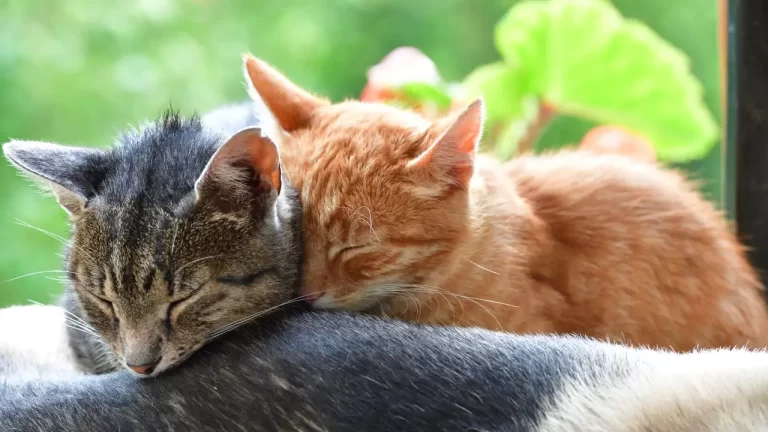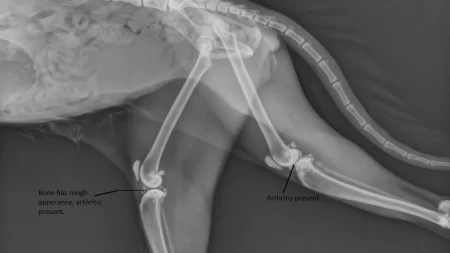It can be alarming for cat owners to notice their feline’s third eyelid exposed. Also called the nictitating membrane, this eyelid is usually hidden in the inner corner of the eye.
When visible, it gives the appearance that the cat has swollen or irritated eyes. However, a peeking third eyelid does not necessarily indicate a serious problem.
This article explores the possible reasons a cat’s third eyelid may show, as well as care recommendations when no other symptoms are present.
Understanding The Third Eyelid in Cats
Why do cats have a third eyelid?
Unlike humans, cats have three eyelids. The third eyelid contains the “tear duct” which produces tears and helps lubricate the eye. It also provides an extra layer of protection. In healthy cats, the third eyelid is usually not visible.
Why is the third eyelid usually not visible?
The third eyelid is typically only exposed during eating, sleeping, or sickness. Otherwise, it remains tucked away in the inner corner of the eye. Cats have voluntary control over this eyelid, allowing them to cover the eye for protection as needed. But when no irritation is present, it stays hidden.
Possible Causes of a Visible Third Eyelid in Cats
There are several explanations for a cat’s third eyelid becoming temporarily exposed, even when no other symptoms are present:
Deep sleep or just waking up
It is normal for the third eyelid to partly emerge during deep sleep. It may also take a few moments for the eyelid to retract after a cat wakes.
Vaccination or sedation recovery
The third eyelid sometimes protrudes during recovery from sedation or anesthesia due to medication side effects. This includes visits to the vet for exams, blood draws, or vaccinations.
Haws Syndrome
With Haws Syndrome, the muscles controlling the third eyelid weaken over time. This causes the membrane to gradually protrude more often.
Cherry Eye
Cherry eye is a condition where the tear gland in the third eyelid slips out of place and bulges visibly in the corner of the eye. It causes a red, swollen appearance.
Eye injury or infection
Injury, irritants, or eye infections can all cause swelling and temporary protrusion of the third eyelid while healing occurs.
Horner’s Syndrome
Horner’s Syndrome is a condition affecting nerves which control eyelid muscles. The third eyelid may droop partially closed as a result.
Glaucoma
With glaucoma, pressure builds up in the eye causing drainage issues and bulging of the third eyelid.
When Should You Be Concerned About a Visible Third Eyelid?
In most cases, a briefly exposed third eyelid is no cause for alarm. However, veterinary attention is advised if:
Signs of discomfort or illness
If the cat seems to be in pain, squinting, sensitive to light, or showing other signs of irritation, infection may be developing. Redness, swelling, discharge, and excessive tearing can indicate a problem.
Persistent or worsening symptoms
If the third eyelid remains visible for days or the condition seems to worsen, it’s time for an exam. A veterinarian can diagnose the underlying cause.
How to Care for a Cat with a Visible Third Eyelid?
When a cat’s third eyelid is sporadically exposed with no other symptoms, a few steps can provide comfort:
Monitor their behavior and overall health
Watch for signs like appetite changes, lethargy, irritability, or hiding that signal illness. Track if the eyelid issue worsens or causes apparent discomfort.
Consult with a veterinarian
Describe the symptoms to your vet. They can determine if it warrants coming in for an exam or if you can safely monitor from home. Follow your vet’s guidance.
Follow recommended treatments or interventions
If medication, eyedrops, or other care is prescribed, be sure to complete the full course as directed.
Provide supportive care and comfort
Ensure your cat’s area is calm and soothing. Gently clean their eye area if needed to prevent infection. Offer extra affection and pay attention to their needs.
Conclusion
A peeking third eyelid in cats does not always necessitate panic or an urgent vet visit. Often it resolves on its own. But abnormal protrusion, swelling, or other eye issues should be checked by a veterinarian. With patience and attentive care, cats with a temporarily visible third eyelid often bounce back to normal. Monitoring for additional symptoms provides peace of mind and helps ensure your cat’s health and comfort.







